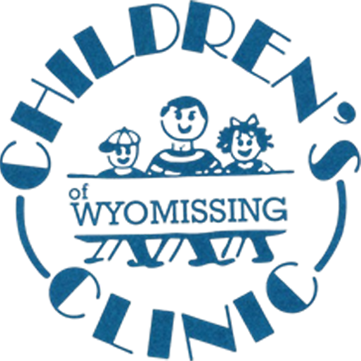Food Allergy

Definition
- Allergic reaction to a food
Call or Return If
- Trouble breathing occurs
- Trouble swallowing or drooling occurs
- Severe hives not better after 2 doses of Benadryl
- Hives last over 24 hours
- You think your child needs to be seen
- Your child becomes worse
About This Topic
Symptoms
- Widespread hives and facial swelling is the most common symptom. Hives are raised pink bumps with pale centers (welts). They look like mosquito bites.
- Mouth itching and swelling
- Runny nose and coughing
- Vomiting and diarrhea.
- Life-threatening allergic reactions must include trouble breathing and/or swallowing. The medical name is an anaphylactic reaction. Most have a sudden onset within 10 to 20 minutes. All start within 2 hours of food exposure. People with anaphylactic reactions carry an emergency kit like Epi-Pen.
Causes
- 8 foods cause 90% of food allergies
- In the first year of life: cow's milk, soy milk and egg
- Older children: peanuts, tree nuts, fish, shellfish and wheat
- Shellfish include shrimp, crab, lobster, clams, oysters and scallops
- Tree nuts include all the nuts (such as almonds and cashews) except peanuts.
- Of children with a proven food allergy, 40% have severe reactions. The other 60% do not.
- Peanuts and tree nuts are the most common triggers for severe allergic reactions.
Cross Reactions With Other Foods - Children with allergies below can react to other foods:
- Cow's milk allergy: 90% react with goat's milk and 40% with soy milk
- Egg: 5% with chicken
- Peanut: 5% with other legumes (like peas or beans). About 30% also react to tree nuts.
- Tree nut : 40% with other tree nuts
- Fish: 50% with other fish. Only 10% also react to shellfish.
- Shellfish: 70% with other shellfish
- Melon: 90% with banana and avocado
How Long do Food Allergies Last?
- Cow's milk: 80% outgrown by age 16
- Soy milk: 80% by age 16
- Egg: 70% by age 16
- Peanut: 20% by age 16
- Tree nut: 10% by age 16
Prevention of Allergic Disease by Diet:
- Most allergic diseases such as food allergies, eczema and asthma cannot be prevented.
- Helpful: Breastfeeding only for 6 months or longer
- Not helpful: Diet limits on certain foods for pregnant or breastfeeding women
- Not helpful: Soy formulas instead of cow's milk formula
- Not helpful: A delay in starting baby foods past 6 months
- Not helpful: A delay in starting high-risk foods. Examples are peanut butter or eggs.
- Source: AAP (2008)
After Care Advice
Overview:
- About 5% of children have food allergies.
- Most children with new suspected food allergic reactions need to be seen.
- But, widespread hives as the only symptom can have many causes.
- If your child is stable, hives usually can be treated at home.
- Your child can be seen later to decide future risks and best treatment,
- Here is some care advice that should help.
Benadryl:
- Give Benadryl 4 times per day for hives all over. No prescription is needed.
- If you only have another allergy medicine at home (but not Benadryl), use that.
- Use the Benadryl 4 times per day until the hives are gone for 12 hours.
- Caution: Do not use if age is under 1 year. Reason: Benadryl makes most children sleepy. Give your doctor a call for advice.
Cool Bath for Itching:
- To help with the itching, can also give a cool bath. Do this for 10 minutes.
- Caution: Avoid causing a chill.
Prevention of Future Reactions:
- Help your child avoid the food that caused the allergic reaction.
- Read labels on food products carefully.
- Tell other caregivers and the school staff of your child's allergy.
- Join the Food Allergy Network (www.foodallergy.org).
What to Expect:
- Hives from foods usually last just a short time.
- They often are gone in less than 6 hours.
Return to School:
- Hives cannot be spread to others.
- Your child can go back to school once feeling better. The hives shouldn't keep him from normal activities.
Author: Barton Schmitt MD, FAAP Copyright
Disclaimer: This health information is for educational purposes only. You the reader assume full responsibility for how you choose to use it.
Article 2502